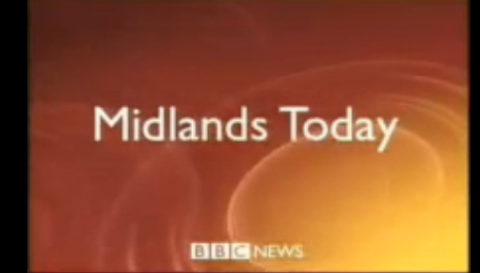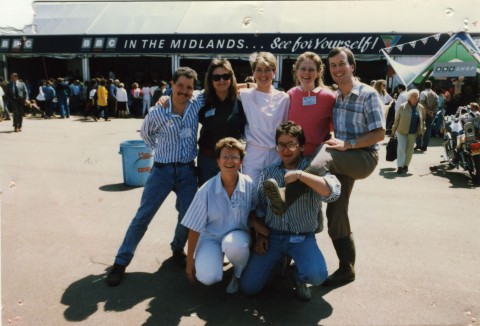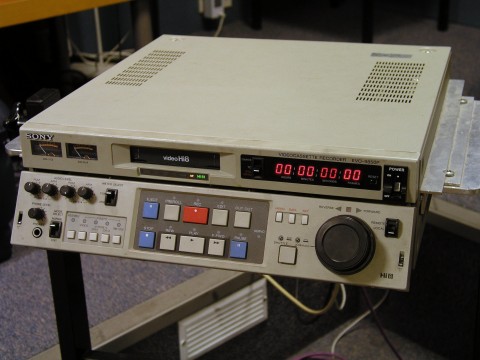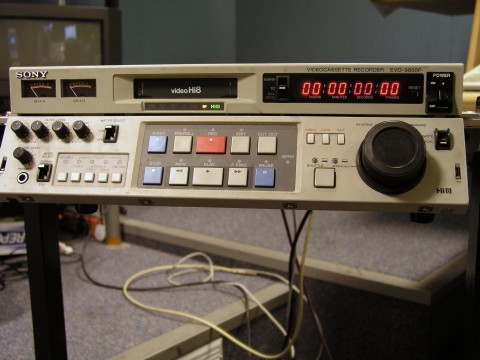
Here is a link to ‘TV Ark’, a site which includes short clips from a number of ‘Midlands Today’ episodes. Clips include the first Midlands Today from 1971, as well as excerpts from presenters David Stevens, Alan Towers, Kathy Rochford, Nick Owen, Sue Beardsmore, Kay Alexander, Brian Conway, David Davies, Bernadette Kearney, Andy Knowles, Richard Uridge, Lawrence Lee, Michael Collie, Stuart Linnell and Suzanne Virdee. The last ‘Midlands Today’ to be broadcast from Pebble Mill is also included.
http://www2.tv-ark.org.uk/bbc_midlands/news.html
The following comments were left on the Pebble Mill Facebook page:
Jane Ward: ‘I vision-mixed that last 6.30 prog….an honour to do it, but very emotional….’
Stuart Gandy: ‘If you spend a few minutes looking at TV ark, you will find quite a lot from pebble Mill. After all we did make a lot of programmes there, probably more than the average viewer realised’
Ewan Kiel: ‘That is great. I probably spent far longer than I should have done on Midlands Today … but looking back, it was really fun and hey, it was where I met my wife – and now I list people people who were – to me – cool: Kay, Brian, Darren, Fiona Barton, Richard (Uridge), Steve (Lee), Pete Lowe, Patrick (thank you, Patrick), Cathy, Martin Dowell, David Davies, Fiona (again), Steph, Pam, Gary (yes, Hudson), Will Trotter, Mike Johnston, Paul Freeman, Ian (Pedersen – very cool man), John Carney, Kathy Rochford (always had a crush), Liz (camera diary – huge crush… huge), Harvinder ( coolest guy in the office), Fiona ( the memory won ‘t go away), Barbara Steele (were the rumours true?), Darren (again coz he is my abiding friend from that time, and I honestly love him … although nothing gay has happened yet!), Jane Green (aaah), Julie (Etchingham … didn’t she do well), Pete Wilson (cool), John McLeod (very, very cool), Peter Poole (loved him), Howard (HOWARD!!?), Sue Beardsmore (especially in that button up the front grey dress), Nick Patten (and his tendency to direct standing up), Merrick Simmonds, Mel and her stockings, Lindsay, Ian Bellion (and his gorgeous sideburns) …and christ, I spent too long there.’
Lynn Cullimore: ‘yep, worked on that….gallery flush as we called it always evident as things went wrong and you had to be on your toes! Dear david stevens too – dont think he is any longer with us. kay alexander too – she is lovely. oh many many names….oh yes geoffrey green – i loved him and he was so funny. Wonder if he is with us still?’
Peter Poole: ‘I will never forget Alan Towers resigning on air and his comments about BBC management. What a great presenter.’




